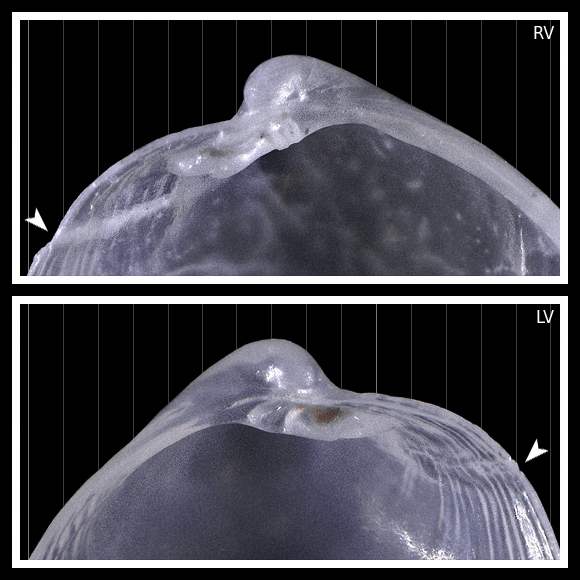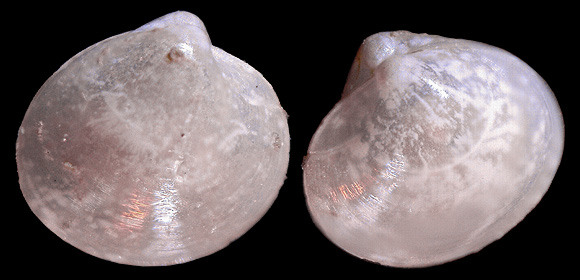
Infralittoral to continental shelf and slope.
Original taxon: Venus miliaris.
60m deep, off Pesaro, Marche, NE. Italy. 1,2mm.
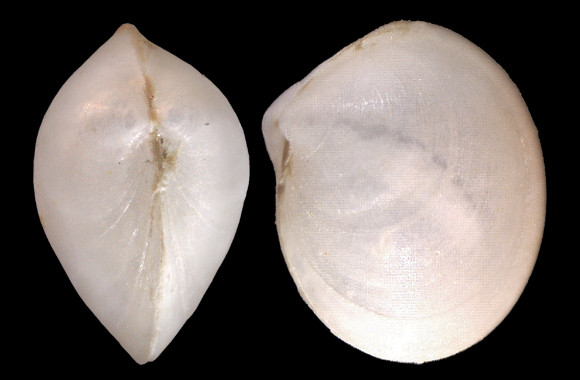
« Venus ? Testa minima, suborbiculari, tumida, inaequilatera ; apicibus recurvis, prominentibus ; cardine valvae dextrae tridentato, sinistrae bidentato. » – R. A. Philippi: Enumeratio molluscorum Siciliae vol. II, Halle 1844, via SIM.
Synonym: abyssicola.
50m deep, Scilla, Messina Strait, SW. Italy. 2mm.
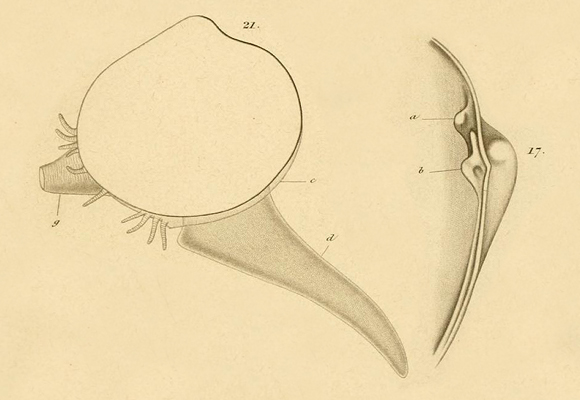
The animal and a detail of the right valve in M. Sars: “Bidrag til kundskab om Christianiafjordens Fauna”, Nyt Magazin for Naturvidenskaberne vol.XVII, Christiania 1870, plate 13. Notice how the lateral runs behind the cardinal. Unlike Fisher, Sars does not see any lateral, but two cardinals: an anterior (a) and a posterior (b); the latter shows a kind of « rounded recess at the back, in which the left valve’s upper tooth is absorbed. » – op. cit. p.203.
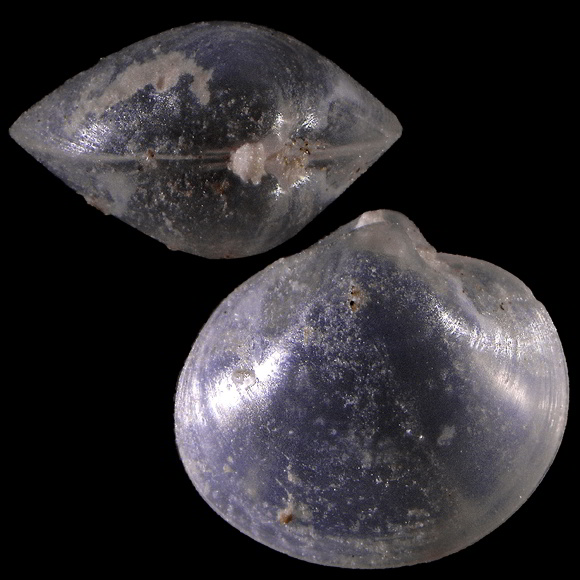
« Lunule large, heart-shaped, delimited by broad groove. Escutcheon very shallow, hardly discernible. Inequilateral, umbo situated in anterior 20% of valve. Umbones prominent, prosogyrate. All margins rounded. » – Krylova, Sahling & Borowski: “Resolving the status of the families Vesicomyidae and Kelliellidae (Bivalvia: Venerida), with notes on their ecology”, Journal of Molluscan Studies vol.84, London 2018, p.77. – Above: 120m deep, Bozcaada island, Çanakkale, W. Marmara, NW. Turkey. 1,4mm.
The members of the genus usually « live on the surface of soft sediments. Clausen (1958: 154) studied living K. miliaris and noted that it “was never observed to burrow, nor to attempt to do so”. » – op. cit. p.89.
The species is locally common on fine bottoms with low sedimentation rates, and tolerates hypoxic environments.
The members of the genus usually « live on the surface of soft sediments. Clausen (1958: 154) studied living K. miliaris and noted that it “was never observed to burrow, nor to attempt to do so”. » – op. cit. p.89.
The species is locally common on fine bottoms with low sedimentation rates, and tolerates hypoxic environments.
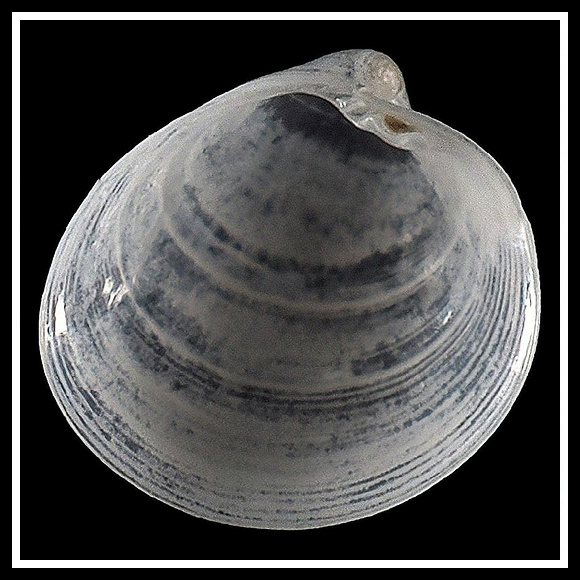
Original picture provided by R. Stanić (HR).
– (CC BY-NC-SA) –
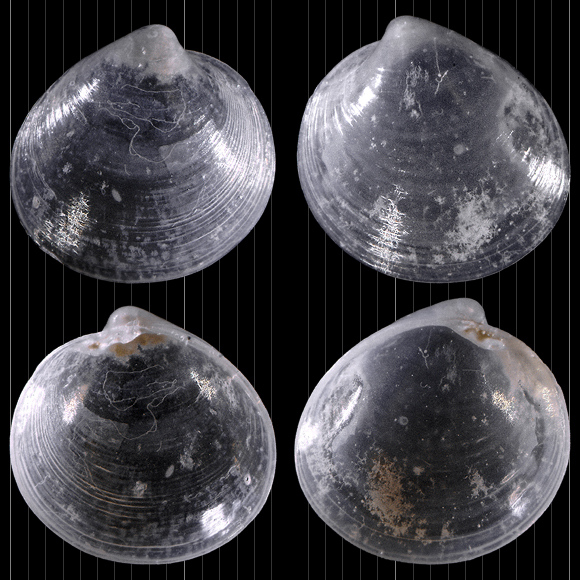
The right valve (at left on the image) bears a complicated system of teeth that deserves to be drawn. See the MBSBI page dedicated to this species. – 80m deep, Hvar channel, Split-Dalmatia Comitat, S. Croatia. 1,52-1,58mm.
